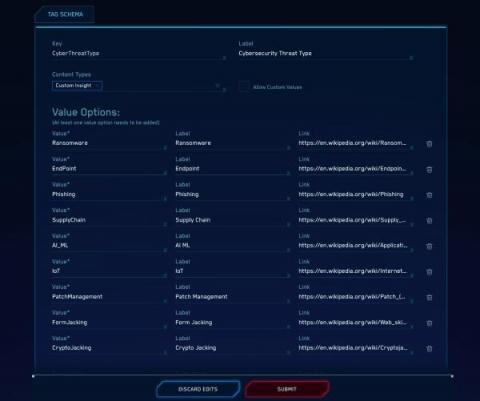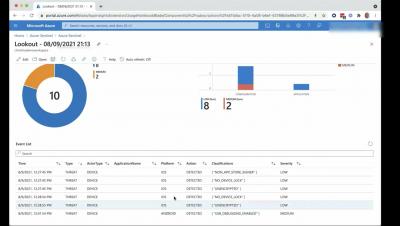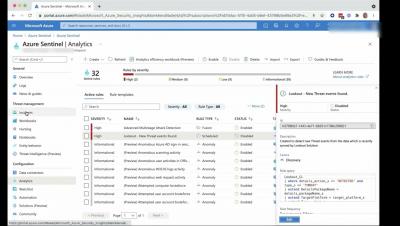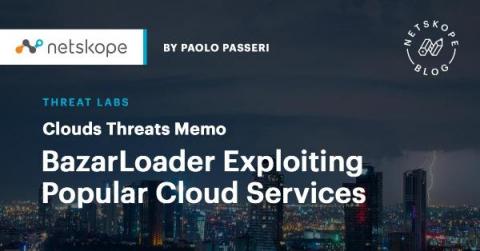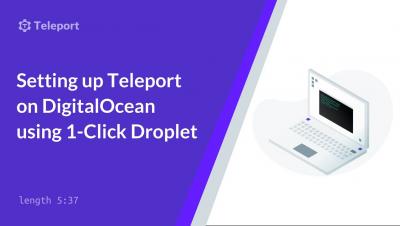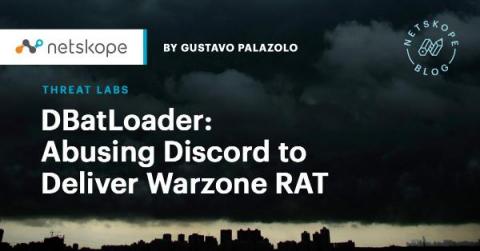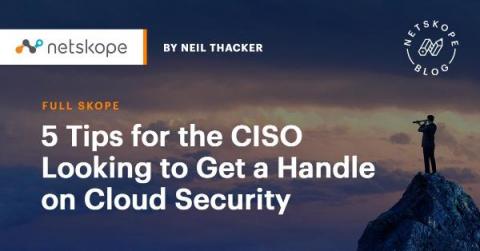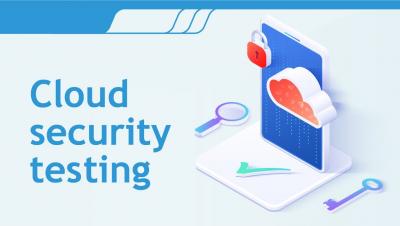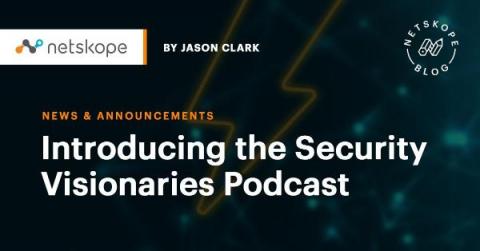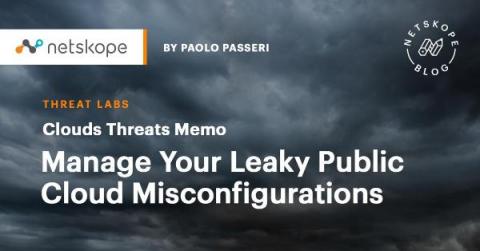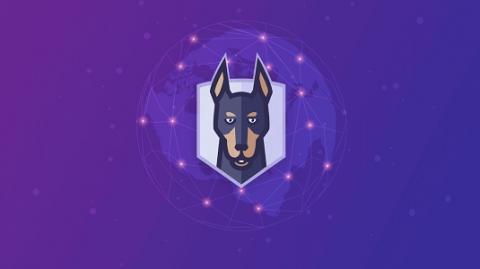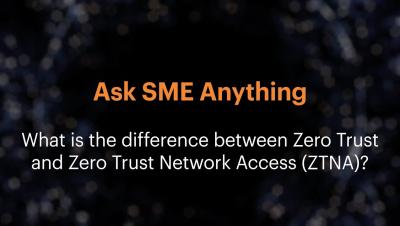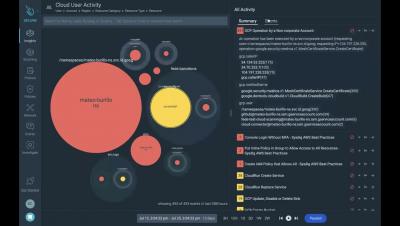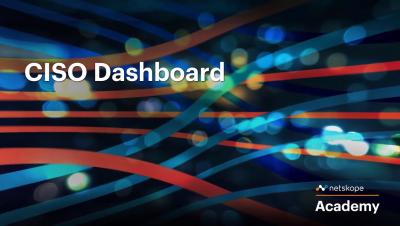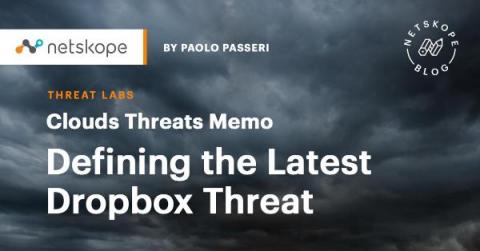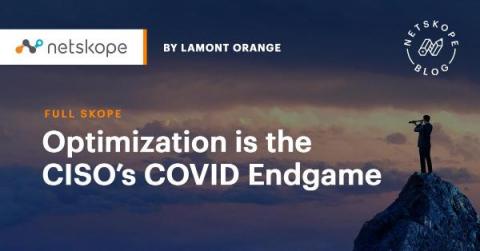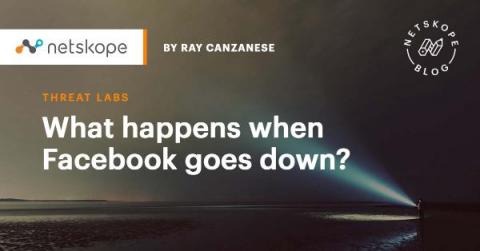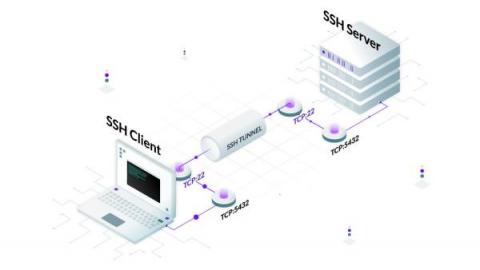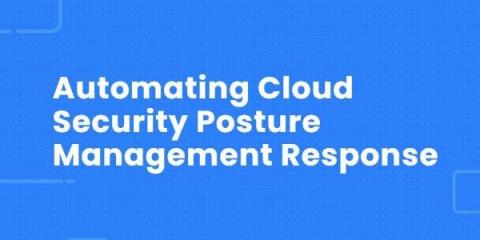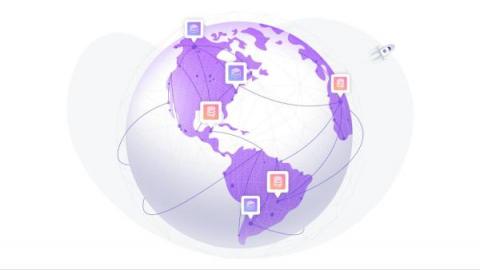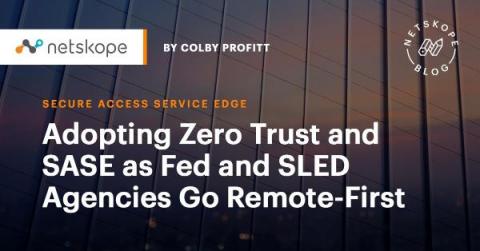Security | Threat Detection | Cyberattacks | DevSecOps | Compliance
October 2021
Sharpen your security skills with open source! Introduction to modern infrastructure access
Infosec for startups
Ghosts of Past Employees
This blog post started as a seasonal message from our Newsletter. We’ve expanded it to be appropriate for the rest of the year. With more employees changing jobs in 2021 than ever before, there are likely to be a few skeletons in the closet.
Three Cloud SIEM innovations that improve team collaboration, tailor SOC workflows, and encourage customization
Addressing Configuration Errors With CSPM and SSPM
Even though cloud computing isn’t all that new anymore, learning how to use it effectively can be overwhelming. It’s unfortunately very easy to make mistakes.
How Cyber Threat Intelligence Can Help to Protect Against Cloud Security Threats
The coronavirus pandemic has accelerated the massive increase in using cloud computing services. As the world progresses through its online evolution, cloud computing services have become more of a necessity. However, along with businesses, cybercriminals have also seen this virtualization as a means of snagging more prey. The rapid increase in cloud computing services has made organizations face novel security challenges.
Lookout + Microsoft Azure Sentinel - Query Lookout threat intel from within Microsoft Azure Sentinel
Lookout + Microsoft Azure Sentinel - Jump start mobile threat research using Lookout workbooks
Lookout + Microsoft Azure Sentinel - Create an analytics rule to alert on threats
Cloud Threats Memo: BazarLoader Exploiting Popular Cloud Services
BazarLoader (sometimes referred to as BazaLoader) is a popular downloader among criminals, used to distribute multiple malicious payloads including Ryuk and Conti ransomware. According to a recent report by Phishlabs, during Q3 2021 this malware accounted for 24.7% of all attacks, earning the unwelcome accolade of being the most common payload.
Securing Google Cloud Platform with Sysdig
DBatLoader: Abusing Discord to Deliver Warzone RAT
67% of the malware downloads Netskope blocks come from popular cloud applications being abused by attackers. One of the services commonly abused by threat actors is Discord, which is abused to host malware such as TroubleGrabber using public attachment URLs. In this blog post, we will analyze a recent DBatLoader (a.k.a. ModiLoader) sample that uses this technique on Discord to deliver a malware known as Warzone (a.k.a. Ave Maria), a Remote Access Trojan created in 2018.
5 Tips for the CISO Looking to Get a Handle on Cloud Security
Over the last 18 months, cloud application use has skyrocketed, with the average organisation with 500-2,000 employees now using 805 different cloud applications. This is a staggering level of new risk for CISOs to get their heads around. At the same time that cloud use has grown, so too have the efforts of malicious actors to target cloud applications which are all too often poorly secured and present a constant opportunity of unsecured data to compromise.
Internxt
What is cloud security and how to test it?
Introducing the Security Visionaries Podcast
I am often asked what has changed and what will need to change most about cybersecurity in the next few years, especially as we come out the other side of a global pandemic that upended all kinds of plans. But let’s start by level-setting: the grand strategy for security—protect data—hasn’t changed. It’s the tactics that have changed, and more importantly, must continue to change.
Cloud Threats Memo: Manage Your Leaky Public Cloud Misconfigurations
A new day, a new wave of S3 leaks… Cloud misconfigurations continue to be a major concern for organizations and a constant source of data leaks. A recent report by IBM has revealed that misconfigurations are behind two-thirds of cloud security incidents.
3 Ways Egnyte Helps Life Sciences Companies Leverage the Cloud
Life sciences companies increasingly rely on cloud computing environments to accelerate research. The cloud provides cost effective compute power, more efficient data processing, access to files and applications from anywhere, and advanced analytics tools to gain insights from data and manage it. But when a majority of that research is done by external contract research organizations (CROs) or in time zones on the other side of the world, that speed advantage can grind to a halt.
Securing S3 bucket configuration and access with Snyk & Solvo
Solvo is empowering developers and DevOps engineers by enabling them to run their cloud infrastructure with least privilege access, at speed and scale. In this article, we’ll go through a workflow combining Solvo’s automatic platform with Snyk Infrastructure as Code (Snyk IaC) to create customized and secured access from a Lambda function to an AWS S3 bucket. This blog was originally posted on the Solvo website.
Public vs. Private Cloud Security: What's the Difference?
Security in cloud computing is often a major concern among cloud customers, mainly because of the risk of losing sensitive data and the difficulties of enforcing the organization’s security policies. Despite cloud computing’s potential efficiency for storing and exchanging files, cloud security remains questionable. According to one report from Statista, 81 percent of respondents found security to be the most prevalent challenge in cloud computing today.
Embracing Developer-First Practices for the Cloud Era with Snyk Founder and President Guy Podjarny
Ask SME Anything: What's the difference between Zero Trust and ZTNA?
CISO Dashboard
Cloud Threats Memo: Defining the Latest Dropbox Threat
Who said that cloud services are only exploited by opportunistic cybercriminals? Researchers from Cybereason have recently discovered a new highly targeted campaign, dubbed Operation GhostShell targeting the Aerospace and Telecommunications industries mainly in the Middle East, with additional victims in the U.S., Russia, and Europe.
Optimization is the CISO's COVID Endgame
When the COVID-19 pandemic descended on the U.S., companies took a no-holds-barred approach to maintain their operations. Employees up and down organizational structures were told to work from home, and IT teams were tasked with making that happen. The timeline was short, and approval processes moved quickly, which meant changes to network access and security were made more quickly, and in some cases more haphazardly, than in a “normal” situation.
What Happens When Facebook Goes Down?
On Monday, October 4, 2021, Facebook suffered a prolonged outage when, during routine maintenance, all connections to their global backbone network were mistakenly taken down. More details on the cause and response to the outage are available on the Facebook blog. At Netskope, we help secure the cloud and web traffic of millions of users worldwide. In this blog post, we provide a glimpse into what the Facebook outage looked like from our perspective.
SSH Tunneling Explained
Although the typical use case of SSH is to access a remote server securely, you can also transfer files, forward local and remote ports, mount remote directories, redirect GUI, or even proxy arbitrary traffic (need I say SSH is awesome?). And this is just a small set of what’s possible with SSH.
Securing Internal Applications
Explorer Walkthrough Quick Tour (Part 1)
Automating Cloud Security Posture Management Remediation
When we discuss cybersecurity and the threat of cyber attacks, many may conjure up the image of skillful hackers launching their attacks by way of undiscovered vulnerabilities or using cutting-edge technology. While this may be the case for some attacks, more often than not, vulnerabilities are revealed as a result of careless configuration and inattention to detail. Doors are left open and provide opportunities for attacks.
When should a startup call the FBI
Build vs Buy for Start-ups
This is the age-old question faced by so many tech teams: do we build or buy a system we need? TL:DR, Buying can save your engineer time for building the core stack and for the fun experiments needed to determine when to shake up the core stack.
WatchGuard Cloud Honored at Cloud Computing Security Excellence Awards 2021
WatchGuard is excited to announce that once again, WatchGuard Cloud has been honored in the 2021 Cloud Computing Security Excellence Awards! This elite awards program recognizes companies that have most effectively leveraged cloud computing in their efforts to bring new, differentiated offerings to market.
Q2 Trends: More Cybersecurity and More Cloud
The coronavirus pandemic has forced a transformation in working practices and with it, the way MSPs manage customer cybersecurity. The possible return to the physical workplace and lingering economic uncertainties pose new challenges for tech leaders. These behavioral changes are measured in this Pulse report, which analyzes IT priorities and budgets in this area for Q2 of 2021. What do IT leaders expect the coming months to look like in terms of IT spending and priorities in their departments?
Applying Least Privilege in Kubernetes II Jonathan Canada
Adopting Zero Trust and SASE as Fed and SLED Agencies Go Remote-First
The global pandemic further accelerated a trend toward remote work that was already underway, even in federal, state, and local agencies that previously resisted it. But as agencies continue to offer telework options to employees, they must also rethink their security stack to better mitigate the cybersecurity risks that remote work catalyzes. Traditional, perimeter-based approaches to security will no longer work in a cloud-first environment where data can, and is, accessed from just about anywhere.
Best Practices for Securing Your Cloud Service
The popularity of cloud services has soared in recent years, as ever more companies move towards a remote or hybrid workplace model. While cloud computing comes with many benefits, it can also create new vulnerabilities that might give criminals access to your sensitive data. If your company is using cloud technology, you need to make sure that your data is secure. Keep reading to learn what threats affect cloud services and what you can do to keep your cloud safe.
Low Latency Identity-aware Access Proxy in Multiple Regions
A multi-protocol access proxy is a powerful concept for securing access to infrastructure. But accessing numerous computing resources distributed across the globe via a single endpoint presents a latency challenge. Today we are announcing that the hosted edition of Teleport Access Plane is now available in 5 regions all over the world.






